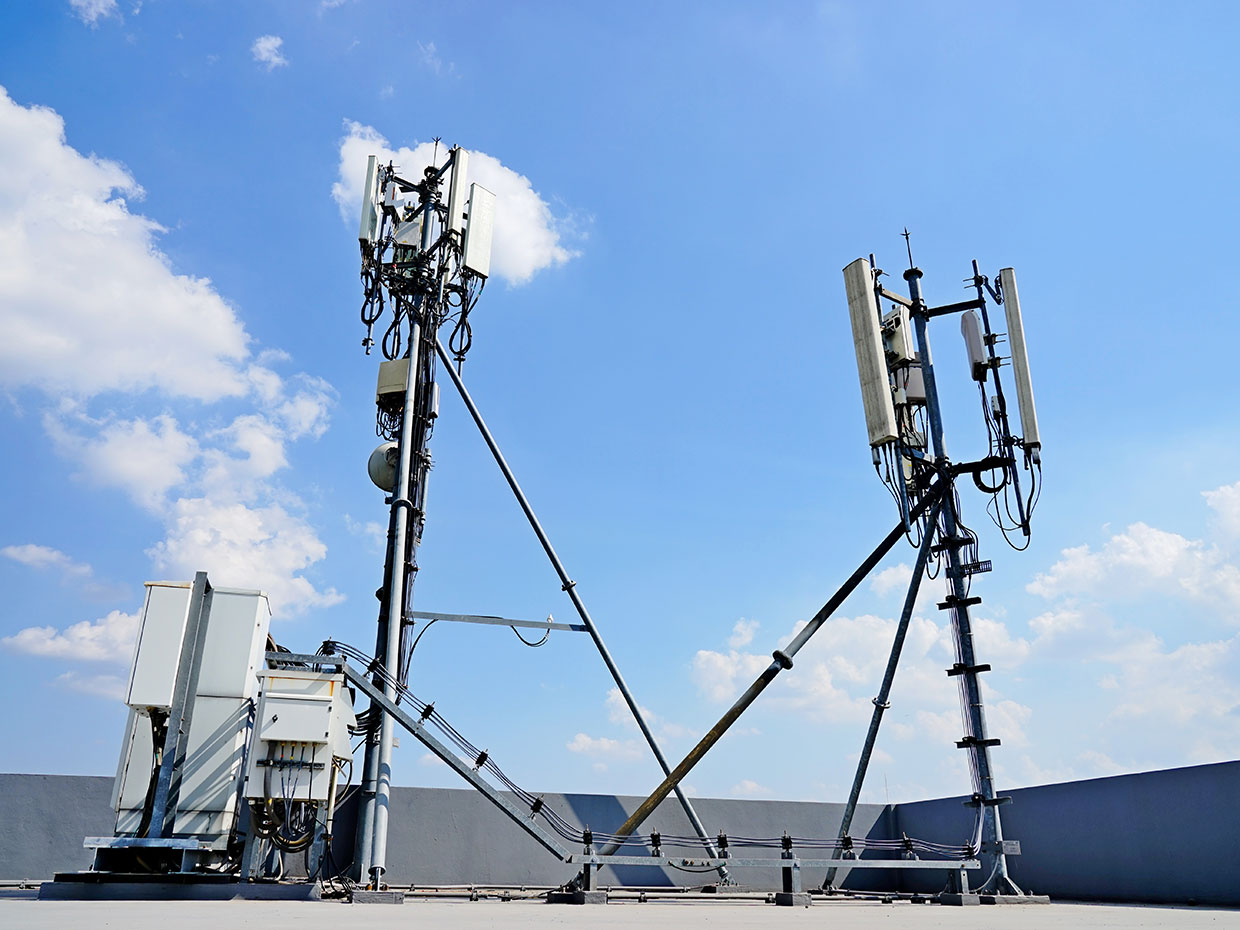If you've ever wandered through a city, you may have seen tiny 5G cell towers on the poles of street lights. They look like small boxes however they're actually sending wireless signals from cellular providers to your phone.
These smaller towers are replacing the larger specially-designed cell towers. Although what is a safe distance from a cell tower 're not as visible, they still can create problems for those who live nearby.
It is the of the FCC's Radiation Exposure Thresholds

The FCC's Radiation Exposure Thresholds define the safe limit at which one can expose to electromagnetic energy from wireless devices. The limits of exposure are based on research that show that RF energy can be harmful to human health.
The absorption rate specific (SAR) is a measure of the amount of radiofrequency energy taken up by tissues. It's usually 1.6 milliwatts per kilogram averaged over one kilogram of tissue.
Since 5g is able to transmit at higher frequencies and has the potential to cause greater energy intensity on the skin as well as other body areas. This can lead to many possible harms, such as an increase in development of skin diseases such as dermatitis, skin cancer and cataracts.
Due to the potential for severe effects of 5g radiation, PSU has chosen to set a general localized power density limit of 4 mW/cm2 based on the average on 1cm2, and not exceeding 30 minutes for the entire 5G spectrum at 3000 GHz. This localized limit is consistent with the maximum spatial-average SAR of 1.6 W/kg, which is averaged over 1 5 grams of body tissue, at 6 GHz.
what is a safe distance from a 5g cell tower
Have you ever used a mobile phone, you're probably aware that a safe distance from the tower should be at least 400 meters away. This is due to the power of the transmission of cell towers increases drastically the further you are from it.
While this sounds like something that's good however, those living close to towers could be more susceptible to health issues. For instance, a study conducted in 2014 in India discovered that people who lived within 50m from cell towers suffered significantly more health complaints than those who were away from the antennas.
However, this study also revealed that those who relocated to areas further away from cell towers noticed their symptoms improve within a few days. Another study has revealed that exposure to high levels of radiofrequency electromagnetic fields (EMFs) can cause cancer, brain tumors and other health issues.
This is due to the fact that the RF radiation used in wireless communication, can be absorbed by the body's outer layer, called the skin. This is important to understand because the skin serves as a protective barrier against injuries caused by mechanical forces, infections from pathogenic microorganisms, as well as infiltration of toxic substances. It is also the largest organ of the human body and is responsible for protecting other organs.
The FCC's Minimum Exposure Thresholds for the Minimum Exposure
The FCC's Minimum Exposure Thresholds are based on various assumptions that aren't supported by scientific evidence. These include the erroneous assumption that short-term exposures to RF radiation is safe due to the limited absorption into body (i.e., tissue heating).
what is a safe distance from a cell tower overlooks the more extensive penetration of ELF parts of the modulated RF signal, as well as the consequences on the body of short bursts caused by RF pulses. These assumptions do not correspond with current understanding of the biological effects of RF radiation. As such they shouldn't be relied upon for health-protection exposure guidelines.
In addition there is the fact that both ICNIRP and FCC limit its maximum levels of radiation exposure for local peak SARs, based on the peak speed of spatial absorption (psSAR) that is an inadequate dosimetric tool for determining the level of radiation exposure. In particular the psSAR tool is not accurate for frequencies above 6 GHz. Furthermore, psSAR has not been evaluated for RF radiation exposed to other environmental agents such like sunlight. Interactions of RF radiations with different environmental agents may result in antagonistic or synergistic effects. This would result in an increased risk of negative health effects. For example, co-exposure to RF radiation with sunlight may raise the chance of skin cancer, as well as aggravate other skin diseases such as acne.
